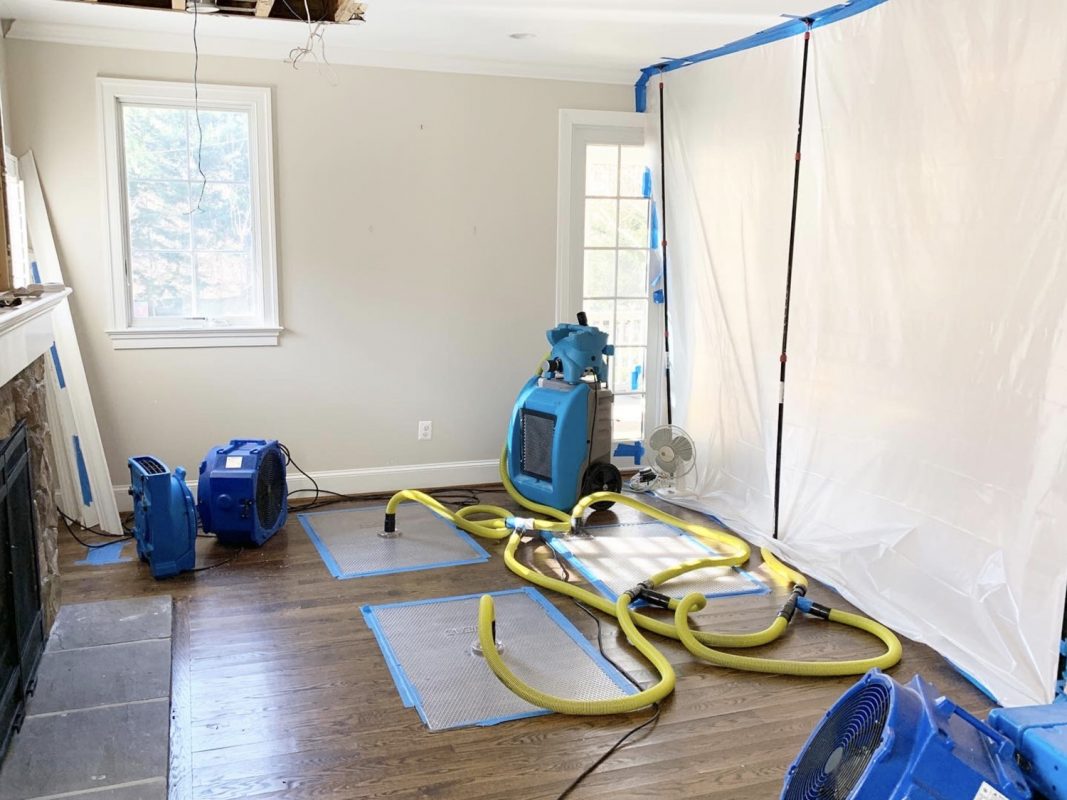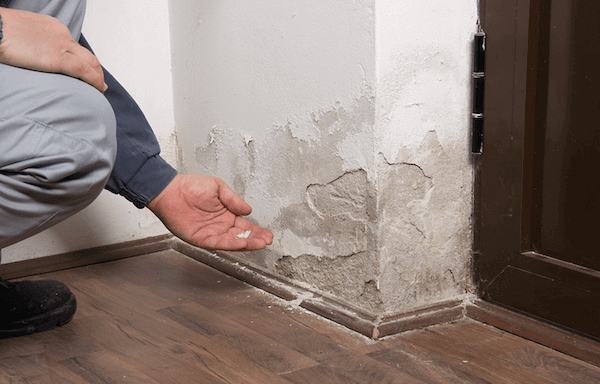Do's & Don'ts of Water Damage.
Do's & Don'ts of Water Damage.
Blog Article
Are you currently hunting for suggestions concerning 5 Home Safety Tips To Reduce The Risk Of Fire And Water Damage?

Water offers life, water intrusion on parts where it's not supposed to be can result in damage. Homes with water damages smell mildewy and also old.
Water can come from many resources such as tropical cyclones, floodings, ruptured pipes, leakages, and sewer issues. In case you experience water damage, it would be good to understand some security preventative measures. Here are a few guidelines on how to handle water damages.
Do Prioritize Residence Insurance Insurance Coverage
Water damages from flood dues to heavy winds is seasonal. However, you can also experience a sudden flooding when a malfunctioning pipe suddenly breaks into your residence. It would certainly be best to have home insurance coverage that covers both disasters such as natural calamities, and also emergency situations like busted plumbing.
Do Not Neglect to Switch Off Energies
In the event of a disaster, particularly if you live in a flood-prone area, it would be suggested to switch off the main electric circuit. This removes power to your entire home, avoiding electric shocks when water can be found in as it is a conductor. Furthermore, do not neglect to shut off the main water line shutoff. When floodwaters are high, furnishings will walk around as well as trigger damages. Having the main shutoff shut down protects against further damages.
Do Remain Proactive and Heed Climate Signals
Listen to evacuation warnings if you live near a creek, lake, or river . Doing so lowers prospective property damage.
Do Not Neglect the Roofing System
Before the weather condition transforms terrible, see to it you have a roof covering evaluation. It would be sensible to get this solution annually as it can reduce complicated problems. You can stay clear of rainfall damage if there are no openings as well as leakages in your roofing. Your roofing contractor will certainly likewise take care of damaged gutters or any other indications of weakening. This will certainly prevent water from flowing down your walls as well as saturating your ceiling.
Do Take Notice Of Small Leaks
A burst pipeline does not occur over night. You might notice gurgling paint, peeling off wallpaper, water streaks, water spots, or dripping noises behind the wall surfaces. Have your plumbing fixed before it results in huge damage.
Do Not Panic in Case of a Ruptured Pipeline
Keeping your presence of mind is important in a time of dilemma. Stressing will just worsen the problem since it will stifle you from acting quick. When it concerns water damages, timing is essential. The longer you wait, the even more damage you can expect. Hence, if a pipe bursts in your home, instantly shut off your major water valve to remove the resource. Disconnect all electrical outlets in the location or turn off the circuit breaker for that component of the home. Call a respectable water damages remediation expert for aid.
Water provides life, water invasion on parts where it's not intended to be can result in damage. Homes with water damages odor musty and also old.
Water damage from flood charges to hefty winds is seasonal. You may see gurgling paint, peeling wallpaper, water streaks, water stains, or dripping sounds behind the walls. When it comes to water damages, timing is crucial.
6 Water Damage Restoration Do’s and Don’ts
Secure the area
First, ensure that it’s safe to be where the water is. Depending on the extent of the damage, you could be faced with a situation that’s dangerous to be in. Turn off the water supply and power supply, and disconnect appliances or mechanical tools that could conduct electricity or cause additional water to fill the area. Cover any holes in the roof or walls with a tarp so that the elements are kept out. Look for rodents and other pests that may have decided to come in or have been brought with the water. Secure heavy furniture or equipment that could collapse, or – better yet – take it out of the building completely. Immediately decide if it’s a place you can continue to be in until help arrives, being mindful of staff or customers that could get into harm’s way while you wait.
Call your insurance
The next thing you should do is reach out to your insurance company. Even if your damage was caused by flooding, and you don’t have a flood policy, it’s worth investigating. Depending on the cause of the water, there may be a way for a policy to cover it, especially if it’s the fault of someone else who has insurance coverage.
Remove valuables
Some things may have already been damaged beyond repair, but if you can move expensive items from the building, do so. Special equipment, computers and, and financial documents should be relocated off-site, if possible. Even if they can be put up above the waterline, natural disasters and building damage can attract criminals. You don’t want people taking advantage of the weakened structure of your office to steal from you.
Put up the things you can
Equipment and furniture that hasn’t already been damaged should be moved to the highest level in your building or set on top of other furniture. Remember that the entire room will be humid and damp, even if items are above the waterline. Just being in a flooded building can cause them to grow mold or become musty, so do this only if you can’t take them out of the structure completely.
Don’t remediate on your own
The biggest thing to remember when dealing with water damage, whether it came from a storm or an exploded toilet, is that you can’t handle much of the process by yourself. Even if you weren’t so already overwhelmed with losing your home or office to water, you don’t likely have the tools and industry-accepted resources to put the area back to a healthy, stable condition. In addition to water pumps, fans, and dehumidifiers, there may be materials that need to be demoed and reinstalled. The entire process of water damage remediation is a long one, and every step must be handled with care to ensure it doesn’t come back as a new problem. Home and office owners frequently try to handle water problems on their own, but the truth is that it can be difficult to know the extent of the damage just by looking at it.
Also, if it’s your personal business, you’re likely to be emotional and feel sentimental about the items damaged. You may not be able to reasonably assess if things need to be replaced. Everything from the carpet to the paint has a history; having a third-party expert team come in and give it to you straight is the best possible outcome. They can let you know just what can remain, and what has to go. In the end, removing everything that is beyond repair is best to avoid further health issues from mold or a collapsing structure.
Delay getting help
As you’ve read above, the consequences of trying to handle too much of the restoration process can have expensive outcomes. Doing things wrong is costly! Another way to add to the total bill for fixing the water problem is in waiting too long. If you try a “wait and see” approach, your building may be silently crumbling underneath the moisture, or mold may be starting to take hold. If you’re convinced it’s a job for the professionals, don’t wait a minute. As soon as you see that it’s going to be a problem, make the call.
https://idealsf.com/blog/water-damage/6-water-damage-restoration-dos-and-donts/

Do you appreciate reading about Reducing Your Risk Of Water And Fire Damage At Home? Place a remark down the page. We would be delighted to see your suggestions about this page. We are looking forward that you come back again soon. So long as you enjoyed reading our blog post if you please be sure to share it. We appreciate reading our article about Simple Solutions To Preventing Fire And Water Damage To Your Home.
Report this page